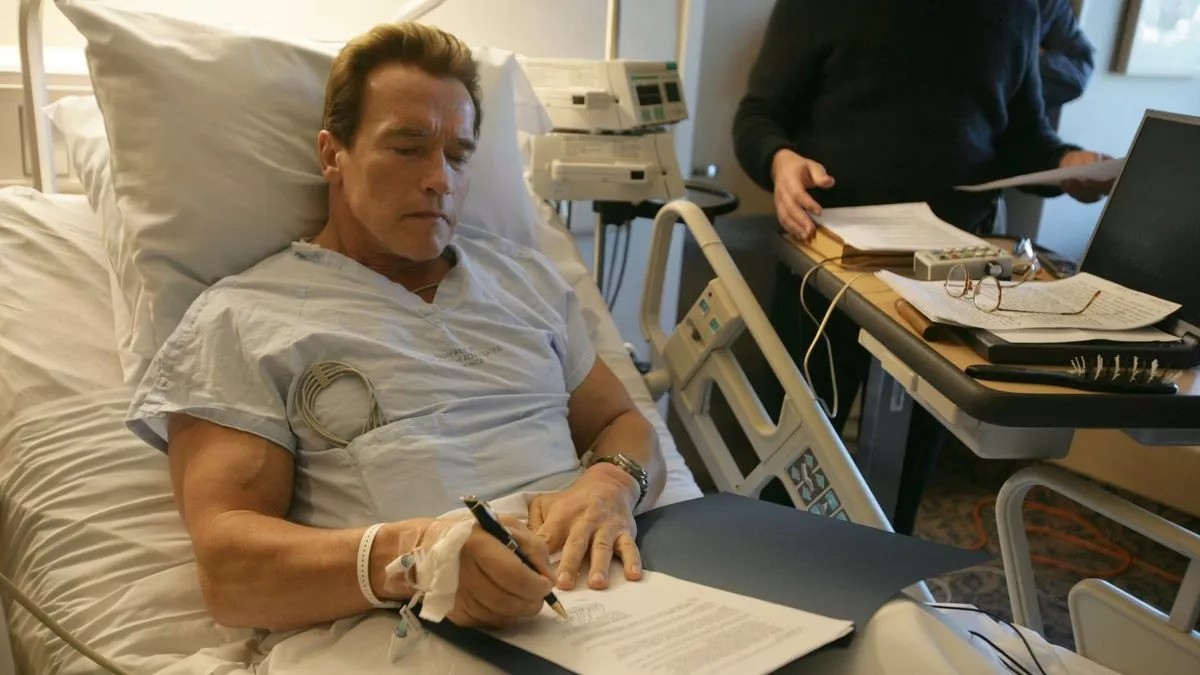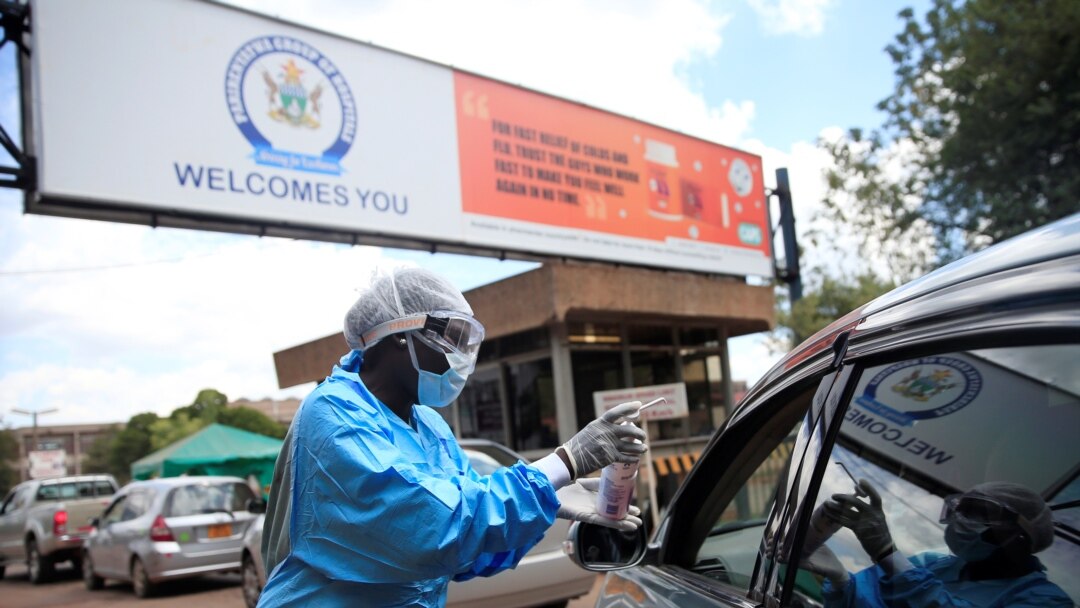Government has adopted new World Health Organisation guidelines which will see the roll-out of anti-retroviral drugs to HIV negative people at high risk of contracting the disease. This is a preventive measure. Currently, anti-retroviral drugs are being administered to people who have been tested and found to be HIV positive. Pre-Exposure Prophylaxis is the administration of anti-retroviral drugs before exposure to prevent HIV negative people from acquiring the virus.
Post-Exposure Prophylaxis is currently available for people who have been exposed, like nurses, during the course of their duty and rape victims.
Releasing the results of the Zimbabwe Demographic Health Survey (ZDHS) and the Zimbabwe Population-based HIV Impact Assessment (ZIMPHIA), Vice President Emmerson Mnangagwa said Pre-Exposure Prophylaxis will go a long way in arresting new infections.
“Pre-Exposure Prophylaxis for those people who are at high risk of contracting HIV has also been introduced with these guidelines,” said VP Mnangagwa.
“This means that people who see themselves as having a high risk of acquiring HIV such as those in discordant relationships (different HIV statuses) will take some Anti-Retroviral medications to prevent themselves from getting infected with HIV.”
VP Mnangagwa also launched the National guidelines at World Aids Day commemorations running under the theme “Closing the Tap of New HIV Infections” in Kwekwe last week.
A health expert Dr Getrude Ncube said people will take the anti-retroviral drugs at least seven days before the day of anticipated exposure and continue for 28 days.
However, for people who are always at risk, like sex workers where prevalence is at 60 percent and discordant couples, they will continue to take the drugs for life.
“Used in combination with other methods like use of condoms, PrEP is an option given to those who have tested negative and are at high risk of contracting HIV,” she said.
The one pill-a-day known as Truvada combines Tenofovir and Emtricitabine, among other HIV drugs, has 90 percent efficacy if taken consistently.
Adoption of the drugs follow extensive research which has shown that they are effective and will help curb new infections, especially for people who cannot negotiate for safer sex.
More than 940 000 people are on anti-retroviral treatment in Zimbabwe with more expected to be initiated following the adoption of the new treatment guidelines.
The guidelines say anyone tested and found to be positive should be immediately initiated on ART regardless of CD4 count.
Dr Ncube emphasised adherence as key in improving the level of protection.
The country will use resources generated locally through the Aids Levy and external funding with PrEP rollout making part of the bid for Global Fund support.
Dr Ncube said Government was yet to quantify the number of people who will benefit.
Zimbabwe is targeting zero new infections by 2020 and PrEP combined with other measures like circumcision are expected to play a key role in the attainment of the target.
Dr Ncube said people put on PrEP will undergo three-month periodic reviews.
The drugs are currently in tablet form and there are still tests being conducted to develop it into a vaginal ring or an injection.
Meanwhile, findings of the ZDSH and ZIMPHIA surveys show a decline in the incidence of new infections among 15 to 49-year-olds to 0,48 percent from 0,88 percent.
This means that five in every 1 000 adults are being infected down from nine in the previous surveys.
Prevalence is now down to 14 percent from 14,8 percent among the 15-49 age group, which means 14 in every 100 adults are currently infected.
The surveys also showed that eight in every 1 000 adults have Active Syphilis, while viral load suppression in both those on treatment and those not stands at 60 percent.
Viral load suppression for those on treatment, however is at 84 percent.
VP Mnangagwa hailed the trajectory the country was taking in reversing the scourge of HIV saying that the trend should continue until attainment of HIV free status by 2030.






